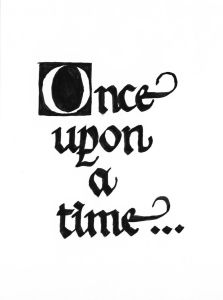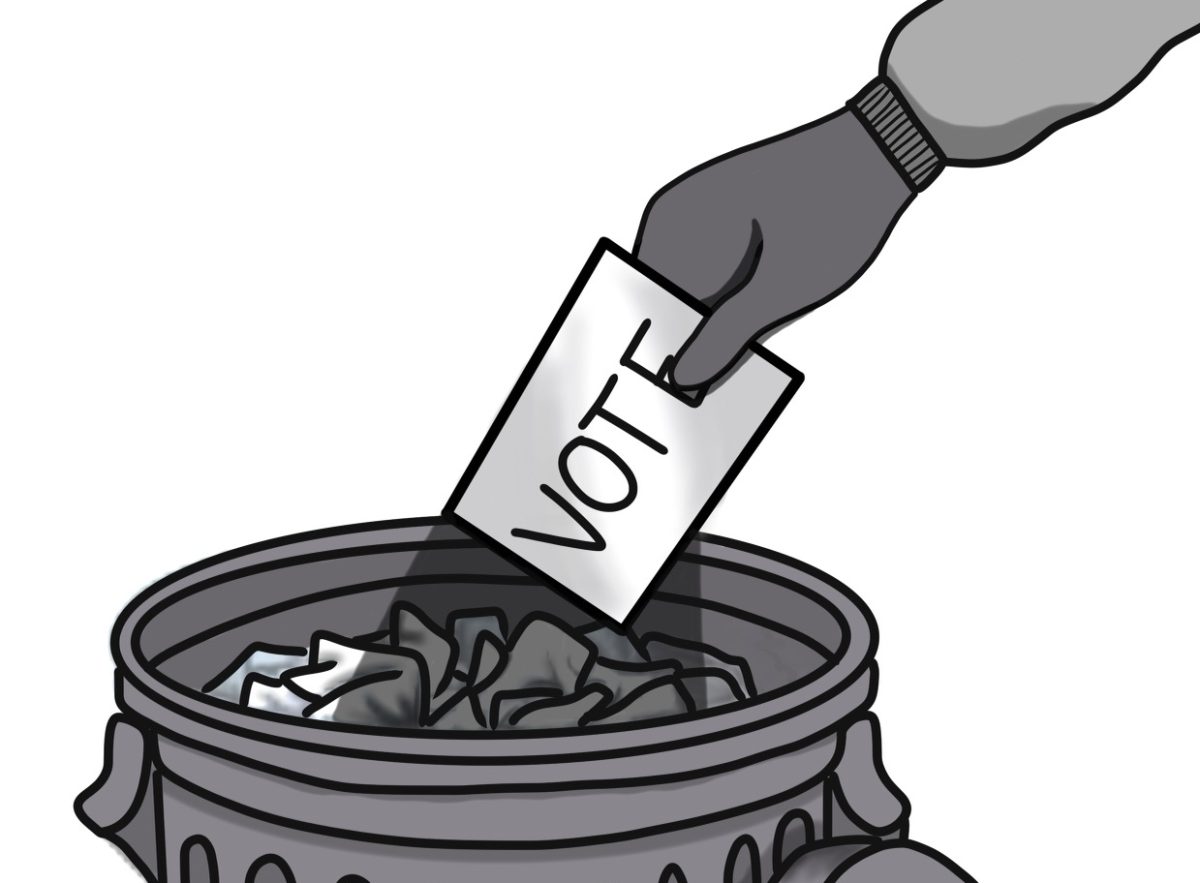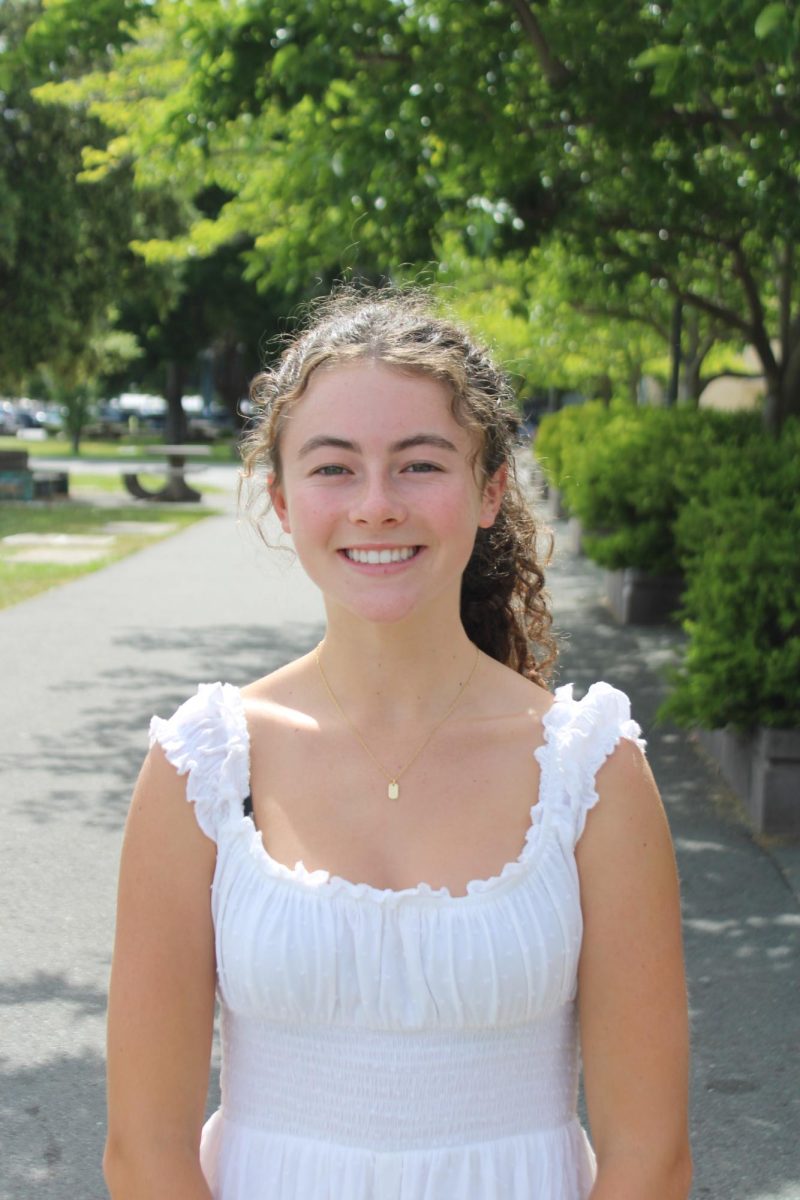Once upon a time, in a far off place, there was a magical kingdom called Redwood, where engaged students interested in writing forms other than dry essays about required reading had the opportunity to take a course called “Creative Writing.”
There, the students were free from the monotony of analysis essays, and given space to explore the depths of their imaginations and the various writing styles and topics that interested them.
This class even counted as a “b” requirement on the UC requirement list for incoming freshmen, meaning that students could spend one out of the four required years of English thinking and writing creatively, expressing their thoughts in ways made near impossible in other classes.

However, on a sad, sad day in 2002, the UC system decided that in order for a class to truly be an English class, it must include process pieces from “brainstorming to final paper,” as well as analysis and reading of “classic and modern literature.”
The creative writing course at Redwood didn’t include all of that, so it miserably shuffled off to join the other classes that fell under the “g” elective requirement, meaning it didn’t get to belong to a certain subject––it was uncategorized.
There was still hope for the creative writing classes at Redwood. Those in power thought students might be passionate enough about the course that they would still continue to take Creative Writing even though it wouldn’t help them satisfy a requirement.
Alas, the number of students taking Creative Writing at Redwood dwindled, until in 2006 the course was forced to pack its bags and leave for greener pastures.
As time went on, other institutions realized the value of the creativity that Redwood and the UC system had discarded.
Buffalo State College, Saybrook University, Drexel University, St. Andrew’s University and Eastern Kentucky University were among the schools that recognized the widening chasm between the formulaic skills taught in schools and the creative skills needed to become successful in the world outside of standardized education. They decided to begin offering majors or minors in creative studies in order to prepare their students for a changing world.
Maybe they saw the IBM study showing that creativity was the most crucial factor for success.
Maybe they saw that Google began interviewing potential employees with creativity in mind, asking them to write toward thought-provoking prompts like, “Name all the potential uses for a brick.”
Maybe they saw that the University of Chicago began asking application questions like, “How are apples and oranges supposed to be compared?” in an attempt to to separate students who could think and write creatively from those who couldn’t.
Maybe the sparse supporters of the creative writing class that Redwood discarded knew the benefits too, and that’s why they began shouting, “Bring it back! It can help! It can teach students how to think creatively!”
The students at Redwood heard the supporters’ pleas and looked longingly toward Tam, which had realized the benefit of allowing students to write creatively and offered the class long after it had been moved to a UC “g” requirement.
Tam probably knew that a study by Laura King showed that creative writing could make people happier and healthier, and that students who took creative writing would benefit from it, not only in terms of their thinking skills and their creativity, but also in terms of their wellness.
The creative writing course that Redwood once offered shook its head and sighed, most likely because it knew that Redwood students suffer from alarmingly high rates of mental illness, and that it might be able to help at least a little, if only it were offered.
Unfortunately, this story doesn’t have a happy ending yet.
The Redwood creative writing class is still grazing in the pasture it left for years ago, looking over the fence, trying to get the attention of Redwood students, Redwood administration, UC officials, anyone.
It knows that creative writing classes are completely valid English classes that teach valuable skills, both for schoolwork and in the real world, and that it can improve the emotional well-being of students.
It just needs other people to notice too.


















